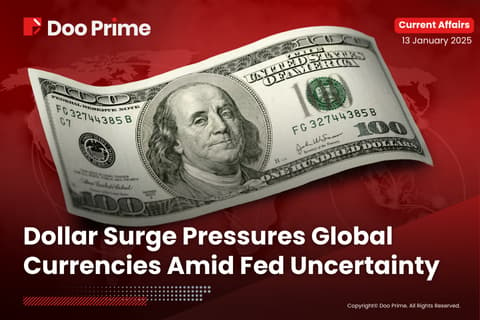WORLDWIDE: HEADLINES
China’s Industrial Profit Growth Quickens Amid Virus Outbreaks
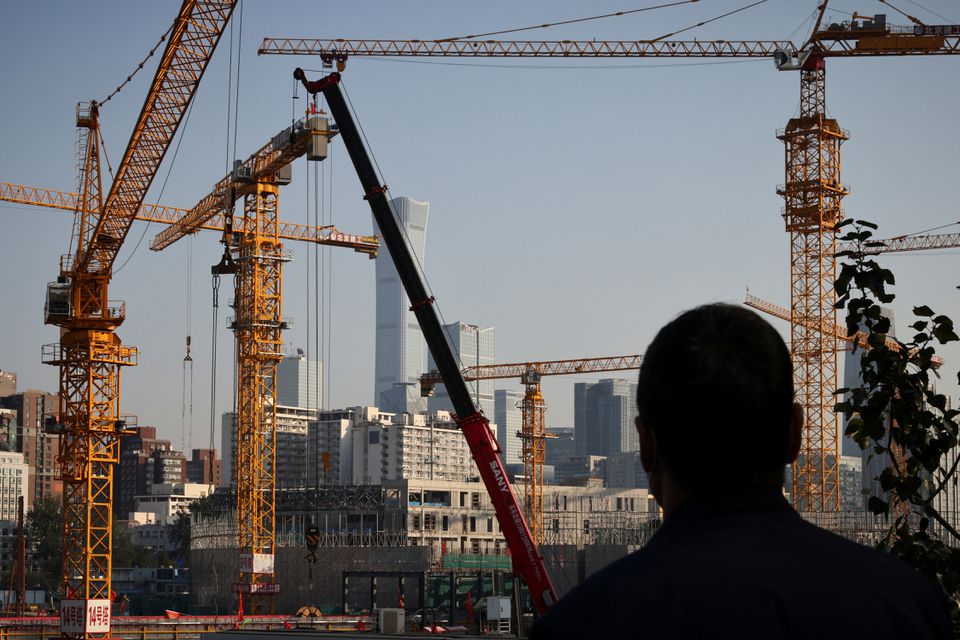
Profits at China’s industrial firms grew at a faster pace in March from a year earlier, despite the negative impact on the economy from COVID-19 outbreaks and the Ukraine war, official data showed on Wednesday.
Profits in March were up 12.2% on year ago levels, according to Reuters’ calculations based on data from the National Bureau of Statistics (NBS).
The pace of profit growth accelerated from the first two months of the year. Industrial profits in the combined January-February period were 5% higher than a year earlier.
For January-March, industrial firms’ profits were up 8.5% on a year before, down 3.8 percentage points compared with the last quarter in 2021, according to the NBS.
China’s gross domestic product expanded by 4.8% in the first quarter from a year earlier, beating analysts’ expectations, and quickened from 4.0% in the fourth quarter.
However, the world’s second-largest economy slowed in March as consumption, real estate and exports were hit hard by anti-COVID measures, sparking concerns of rising recession risks.
Full coverage: REUTERS
Australian Inflation Hits 20-Year High, Brings Rate Rises Near

Australian consumer prices surged at the fastest annual pace in two decades last quarter as petrol, home building and food costs all climbed, spurring speculation interest rates could rise as soon as next week.
That would be unwelcome news for Prime Minister Scott Morrison as he fights a tough election where the rising cost of living has become a sore point with voters.
It also strongly argues the Reserve Bank of Australia (RBA) no longer needs to keep interest rates at emergency lows of 0.1% and should tighten soon, perhaps even at its policy meeting on May 3 rather than in June.
Markets quickly narrowed the odds on a rise to 0.25% next week, though many still favour a June hike given such a sudden move would cause political ripples so near to the election on May 21.
Futures also shifted to price in rates of 0.5% by June, whether in one hike or two.
“We now expect the RBA to initially hike by 40bp to 0.5% in June,” said Andrew Boak, an economist at GS Macro, who sees a series of quarter point moves to an eventual peak of 2.5%.
“The combination of above-target inflation, an economy initially resilient to hikes and a more hawkish reaction function skews risks to a steeper and higher path for rates.”
Full coverage: REUTERS
WORLDWIDE: FINANCE/BUSINESS
Stocks Extend Sell-off, Dollar Firm On Global Growth Fears
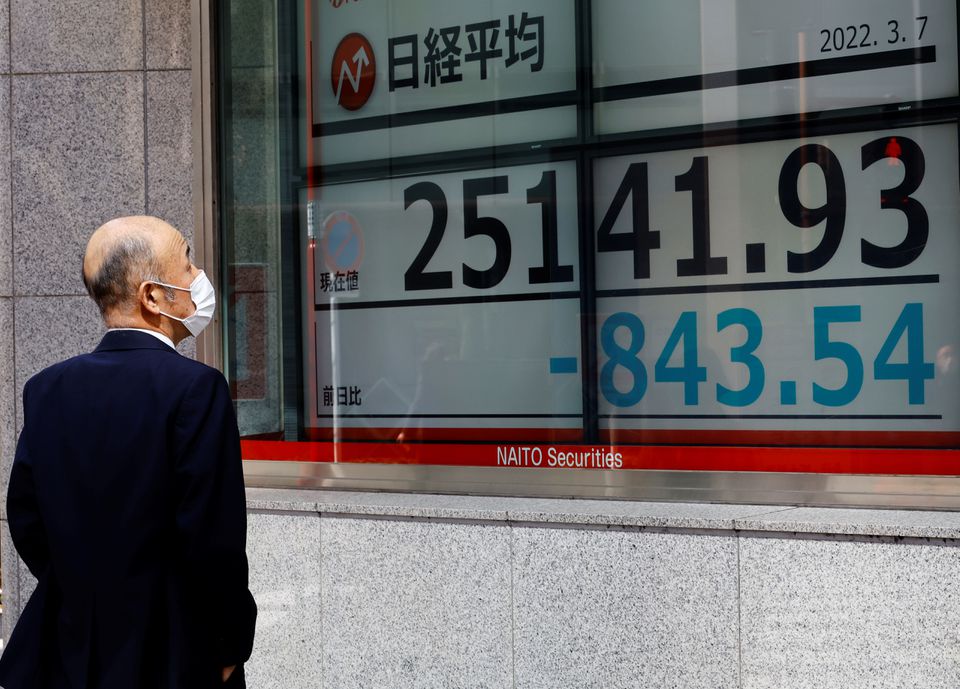
A global stocks sell-off extended into the Asia morning on Wednesday, as growing fears about the global economy forced investors to dump riskier assets in favour of safe havens such as the U.S. dollar and government bonds.
Financial markets, already anxious about the prospects for aggressive U.S. interest rate hikes, a spike in global inflation and the Ukraine war, were rattled this week over slowdown fears in China as Beijing stuck firm to stringent COVID-19 lockdowns.
News of Russia cutting gas supplies to Eastern Europe added to the sombre mood, sending the MSCI world equity index (.MIWD00000PUS) slumping to a 13-month low.
There was little let-up in the selling in Asia, with MSCI’s broadest index of Asia-Pacific shares outside Japan (.MIAPJ0000PUS) down 1.1% to its lowest level since March 15. Tokyo’s Nikkei (.N225) and Seoul’s KOSPI index (.KS11) were also down sharply by 1.8% and 1.19% respectively.
Chinese blue chips (.CSI300) were flat after falling to their lowest in two years on Tuesday and the Hong Kong benchmark (.HSI) fell 0.72%. Australian shares (.AJXO) were also down 0.73%.
The catalysts for the latest declines “were yet more bellicose words from Russia over Ukraine, and the announcement that Bulgaria and Poland would see their gas supplies from Russia shut off from today,” ING said in a note.
Russia, which has been demanding payments for its gas in roubles as sanctions over its invasion of Ukraine bite, said it will halt supplies to Poland and Bulgaria from Wednesday.
The move, viewed as a major escalation, sent oil and gas prices higher. Brent crude futures rose $1.11, or 1.1%, to $106.10 a barrel by 0019 GMT. U.S. West Texas Intermediate crude futures rose 84 cents, or 0.8%, to $102.54 a barrel.
Full coverage: REUTERS
Dollar Nears Pandemic Peaks As Investors Seek Safety
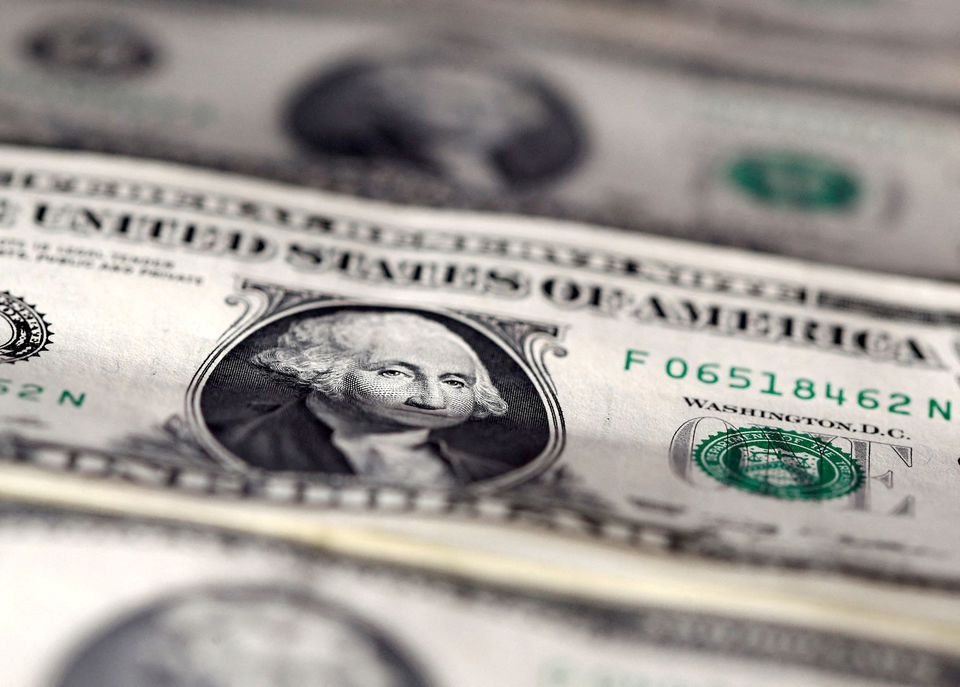
The dollar stood at its highest level since the early days of the pandemic on Wednesday and was heading for its best month since 2015, supported by the prospect of U.S. rate hikes and on safe-haven flows fanned by slowing growth in China and Europe.
The U.S. dollar index , which measures the greenback against a basket of six major currencies, sat by its overnight high of 102.37, the strongest it has been since March 2020.
The euro fell below its pandemic lows to $1.0635 in early trade, a five-year trough, on fears for energy security and Europe’s growth after Russia’s Gazprom said it would halt gas supply to Poland and Bulgaria later in the day.
Commodity currencies have also been sold in favour of the greenback, driving the New Zealand dollar close to its lowest levels of this year at $0.6562 and the Australian dollar to a two-month low of $0.7119.
The Aussie was steady in early trade ahead of inflation data due at 0130 GMT.
“The dollar is the hedge in markets presently, while commodities including gold are no longer working as effectively,” said analysts at Citi.
“The dollar is ‘quality carry,'” they added. “The dollar also offers more yield than any of the other safe haven FX alternatives.”
Full coverage: REUTERS
Europe’s Russian Diesel Imports Drop, But Still Dominant
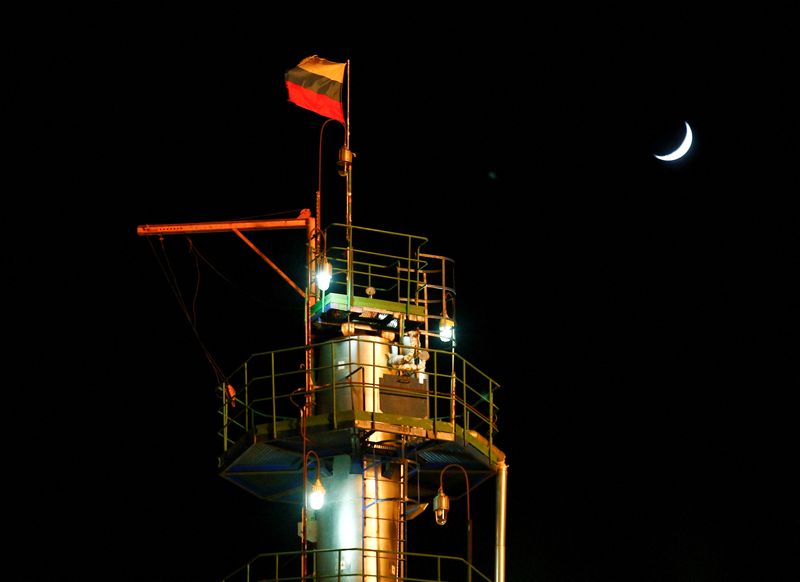
European diesel imports from Russia are set to fall in April but will still exceed those from other regions, highlighting the challenge European governments face as they contemplate new sanctions on Russian oil.
Diesel deliveries from Asia, the Middle East and the United States are set to hit their highest in almost three years in April, data from oil analytics firm Vortexa showed, as traders scramble to replenish dwindling stocks and to gradually curb the region’s dependence on Russian oil.
Although European Union sanctions have so far avoided targeting oil from Russia, its biggest supplier, many traders and refiners have opted to reduce purchases of Russian crude and refined products in recent months.
As EU officials prepare a sixth package of sanctions against Russia, they are assessing the costs of replacing Russian oil with imports from other suppliers.
Germany hopes to find a way within days to replace Russian oil with supplies from other sources, Economy Minister Robert Habeck said on Tuesday.
The concerns over Russian supplies have led to a sharp draw in European diesel inventories in recent weeks. Stocks in the Amsterdam-Rotterdam-Antwerp hub are their lowest since 2008, data from Dutch consultancy Insights Global shows.
With Europe’s domestic diesel production falling short of the region’s consumption, traders responded quickly to the price rally, booking dozens of tankers from around the world into Europe.
Combined imports from Asia, the Middle East and the United States are set to hit 760,000 barrels per day (bpd) in April, their highest since August 2019, according to the Vortexa data.
Full coverage: REUTERS

